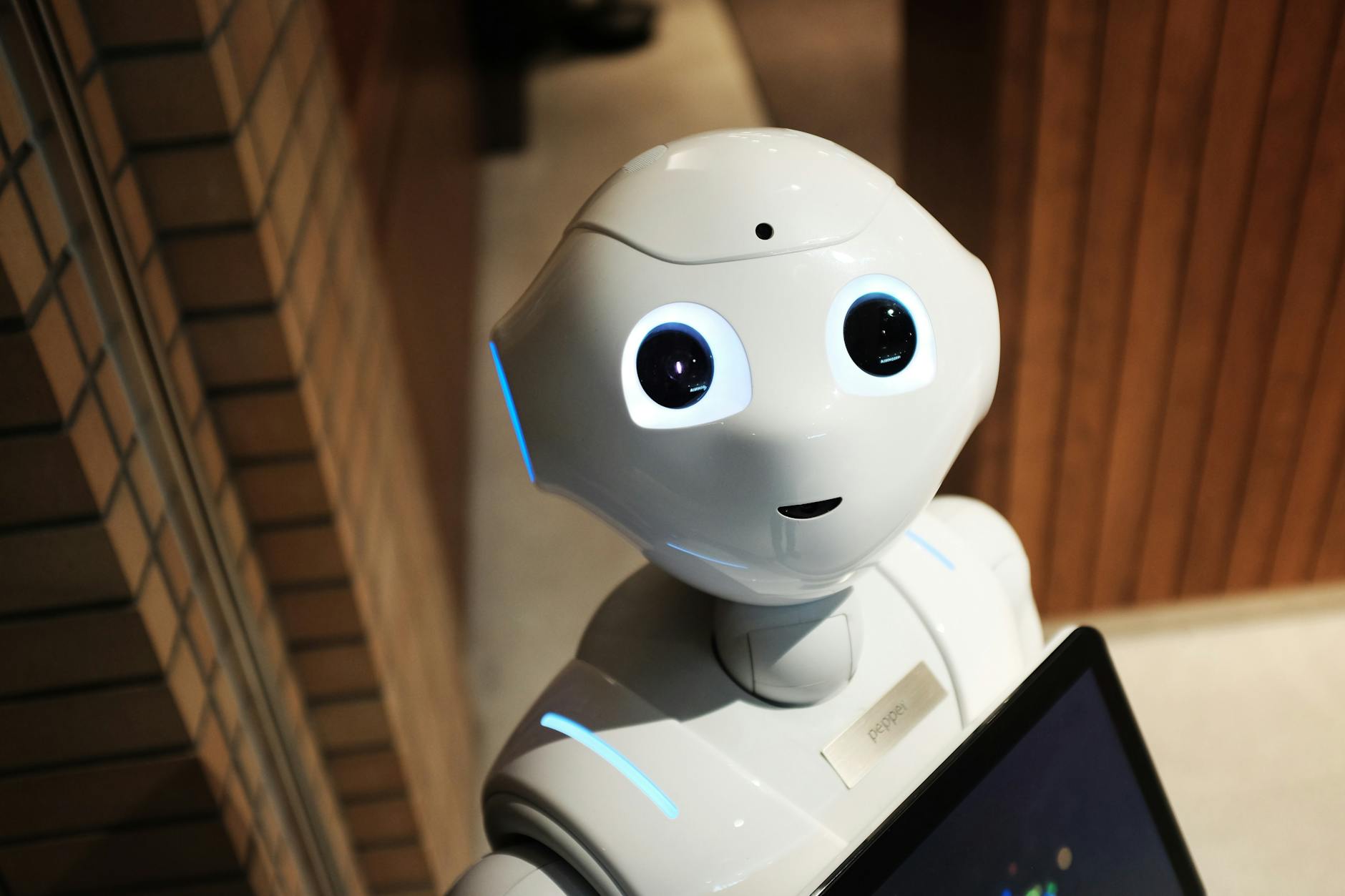
Trade shows keep getting bigger, and exhibitors face a growing challenge: capturing attention in a crowded hall. While strong booth design remains essential, many brands are turning to interactive exhibits to engage attendees on a deeper level. Using technology, storytelling, and sensory elements, interactive exhibits have become one of the most effective ways to stand out.
Typically, interactive exhibits fall into three categories: immersive, experiential, and multisensory. Each offers a unique way to connect with visitors.
Immersive Interactive Exhibits
Immersive exhibits pull visitors directly into a brand’s story. Instead of simply viewing products, attendees experience the brand environment firsthand.
Examples include:
- Thayer’s Natural Remedies at Natural Products Expo West: Absolute Exhibits designed a vintage apothecary reminiscent of 1847 shops, transporting visitors into the brand’s heritage.
- TOMS Giving Trip (VR experience): Using virtual reality, TOMS let shoppers “join” its giving trips, making them part of its mission-driven story.
By surrounding visitors with sights, sounds, and storytelling, immersive exhibits create lasting impressions.
Experiential Interactive Exhibits
Experiential exhibits focus on personal interactions that build emotional connections. They often use events, performances, or shareable moments to involve visitors.
Example:
- C+A Global Kodak at CES: Absolute Exhibits created a Parisian backdrop complete with mimes and jugglers. Visitors took photos on Instagram boards and shared them socially, connecting joy and creativity with the Kodak brand.
Here, the goal is not just to display products but to create experiences that people remember and talk about.
Multisensory Interactive Exhibits
Multisensory exhibits engage multiple senses beyond sight. Tactile, auditory, and even olfactory elements immerse visitors more fully.
Examples include:
- Fishman at NAMM: Absolute Exhibits designed a jam pad where attendees could pick up guitars and test amps, turning visitors into active participants in the brand.
- HR Tech exhibitors: Some showcased software through gamification, letting attendees play interactive games instead of passively watching demos.
By engaging touch, sound, and sometimes scent, multisensory exhibits drive deeper engagement and encourage longer booth visits.
Quick Takeaways
- Immersive exhibits draw visitors into your brand story.
- Experiential exhibits build emotional connections through personal interactions.
- Multisensory exhibits engage multiple senses for deeper engagement.
Interactive exhibits transform passive browsing into active engagement. As Absolute Exhibits has seen with clients, whether through VR, live performances, or hands-on demos, interactive booths consistently attract larger crowds and create more meaningful brand connections.



